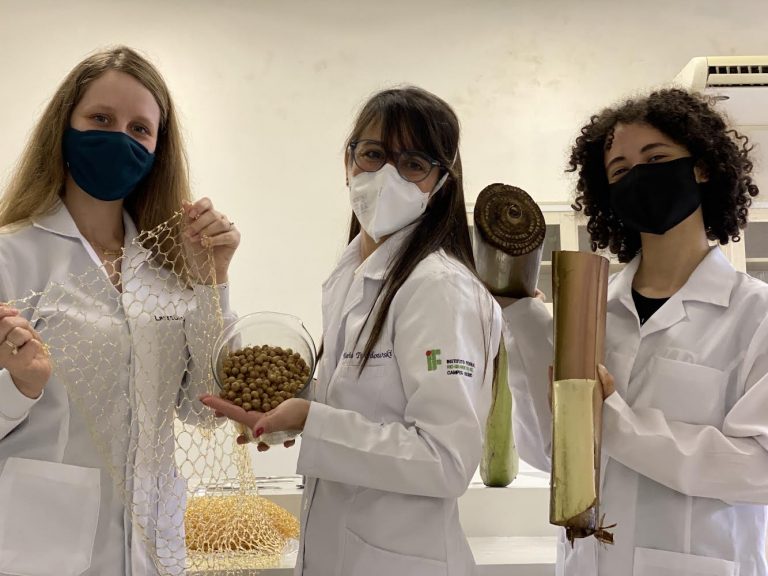heading

I am a senior in high school interested in hard sciences, especially math. Currently I do Informatics Technical Course. Due to my medals in Math Olympics, I have been a volunteer for five years in preparatory projects for public school students. Besides, I have been receiving scientific initiation scholarships for six years. Through science, I discovered the path by which I would not only be a spectator but someone who can contribute to finding solutions to the world\’s problems. I am interested in gender issues, in the fight for a more environmentally friendly world, and I recognize the importance of education in the formation of students not only academically but as human beings and global citizens.
Tell us what the water concern in your country is!Synthetic sanitary pads have an impact on the environment since most of their materials comes from non-renewable sources. Each pad spent 120 liters of water in the cotton production process. When disposed of, they end up in rivers and oceans. Moreover, the current alternatives are not accessible to low-income people.
This is what I think is one of the solutions for a sustainable future:An alternative sanitary pad that, besides being sustainable, is also accessible to people in vulnerable situations. Therefore, the use of industrial by-products in the product seems promising since they are low-cost and previously did not have such a noble destination.

SustainPads: Sustainable and affordable sanitary pads from industrial by-products
Basic sanitation is a human right. It’s what the 6th of the 17 SDGs created by the UN foresees. However, plenty of women face Period Poverty, which consists of the inaccessibility to sanitary pads, bringing irreversible social consequences and a lack of dignity in their lives. Moreover, synthetic pads negatively impact the environment since most of their materials come from non-renewable sources and require tons of liters of water to be manufactured. So, by-products from the South Coast of Brazil were used as raw materials to develop an eco-friendly sanitary pad. The final prototype was able to absorb 645%, while the disposable pads were 582% and it has a cost 2 cents.

